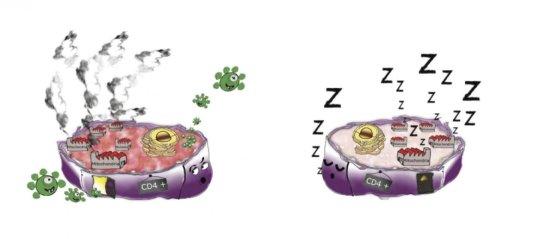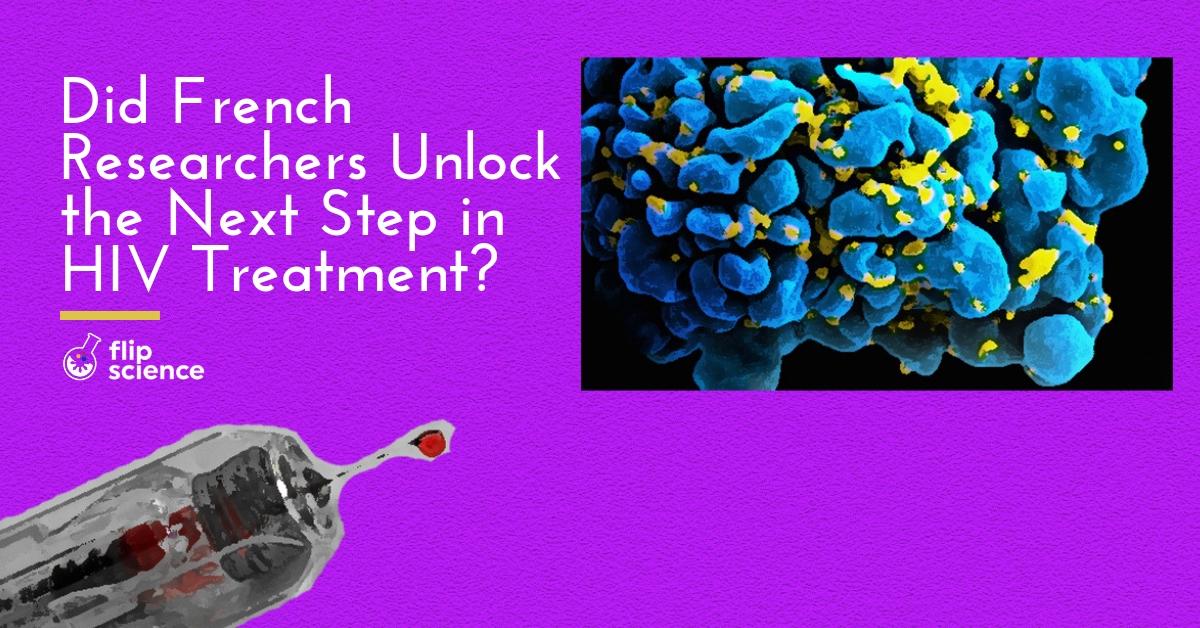• Researchers at the Institut Pasteur found that metabolic activity, particularly glucose consumption, makes CD4 cells more prone to HIV infection.
• Using metabolic blockers, the scientists were able to prevent infection and destroy the reservoirs in ex vivo tests.
• However, the researchers must do testing within a living organism before using their findings to develop a cure.
Despite years of extensive research, a cure for HIV (human immunodeficiency virus) has yet to be discovered. While treatment options are available for patients, these must be taken for life.
Newly published findings in Cell Metabolism reveal, however, that French scientists may have come a step closer to curb-stomping the virus.
Killing the hidden killers

One of the primary reasons why a cure for HIV still doesn’t exist is because the virus is capable of eluding antiviral drugs. It does so by hiding within the immune system’s cells, transforming the CD4 T lymphocytes (or CD4 cells) into latent reservoirs. These reservoirs mutate in a way that prevents the immune system from eliminating them. In the past, researchers have explored various ways of identifying these reservoir cells, including finding telltale signs of concealed, infected cells.
However, researchers from the Institut Pasteur have figured out why the virus targets certain CD4 cells: their metabolic activity.
When CD4 cells produce energy through metabolic activity — specifically, glucose consumption — they become more susceptible to HIV infection. The virus prefers cells with high metabolic activity, because it uses the energy to multiply and grow stronger within the body.
This gave the researchers an idea: What would happen if they were to stop metabolic activity in these cells?
Using metabolic activity inhibitors, the scientists successfully blocked the infection ex vivo (outside a living organism).
“We have observed ex vivo that, thanks to certain metabolic inhibitors, the virus is no longer able to infect cells and amplification is halted in reservoirs of patients receiving antiretroviral treatment,” said Asier Saez-Cirion, co-author and coordinator of the study.
While this certainly is a significant development, the researchers must test their findings within a living organism (in vivo) before working towards a cure.
HIV in the Philippines
HIV and AIDS (Acquired Immune Deficiency Syndrome) remain a massive problem worldwide.
The Joint United Nations Programme on HIV/AIDS (UNAIDS) stated that there were about 36.9 million cases in 2017 alone. Meanwhile, approximately 68,000 of those were from the Philippines.
According to the Philippine National AIDS Council, 32 Filipinos are diagnosed daily with HIV/AIDS, based on 2018 estimates.
Cover photo: Pexels; National Institutes of Health
References
- http://instinctmagazine.com/post/researchers-found-way-target-hiv-cells-elimination
- https://www.avert.org/about-hiv-aids/what-hiv-aids
- https://www.engadget.com/2017/03/20/hiv-breakthrough-may-help-scientists-kill-sleeping-virus-cells/
- https://www.iflscience.com/health-and-medicine/scientists-train-immune-cells-destroy-hidden-hiv/
- https://www.nature.com/articles/nature14053
- https://www.rappler.com/newsbreak/iq/217903-numbers-global-hiv-aids-cases
- https://www.sciencedaily.com/releases/2018/12/181220130221.htm
- https://www.sciencedirect.com/science/article/pii/S1550413118307344
Author: Mikael Angelo Francisco
Bitten by the science writing bug, Mikael has years of writing and editorial experience under his belt. As the editor-in-chief of FlipScience, Mikael has sworn to help make science more fun and interesting for geeky readers and casual audiences alike.







